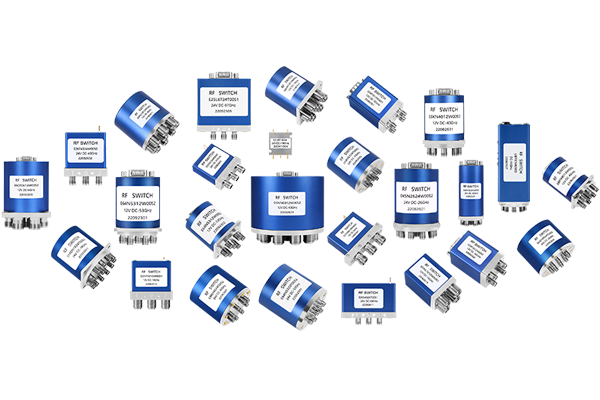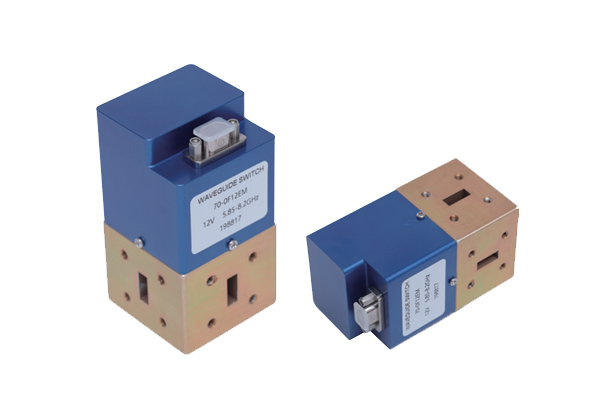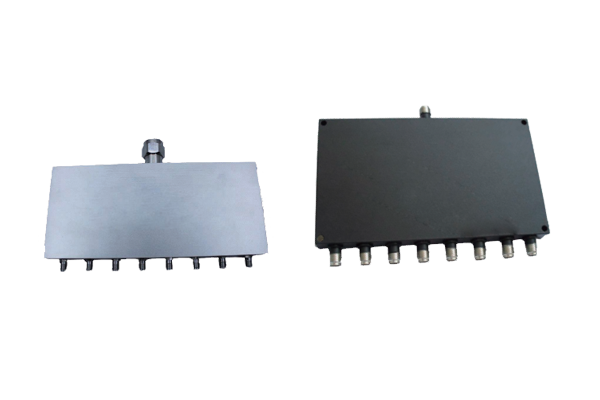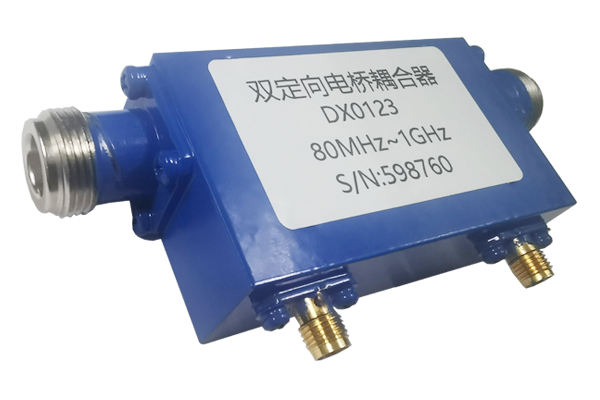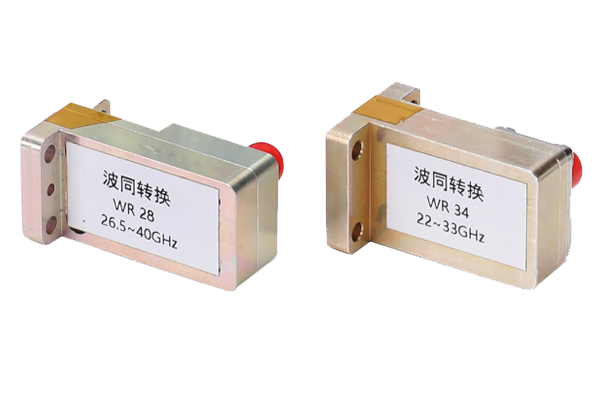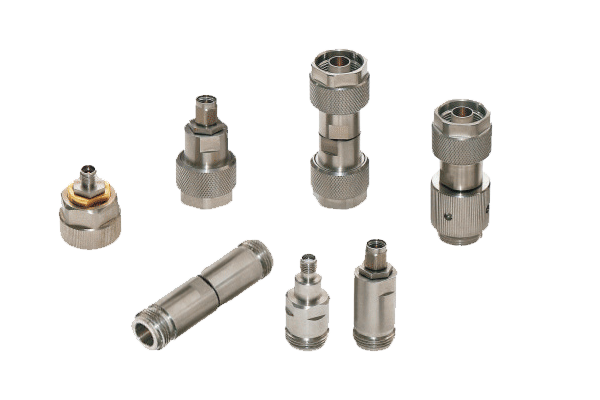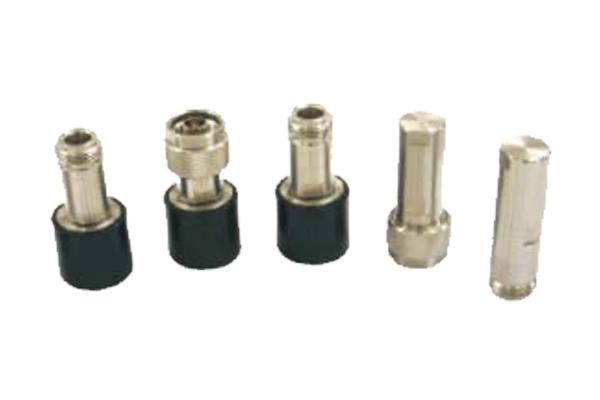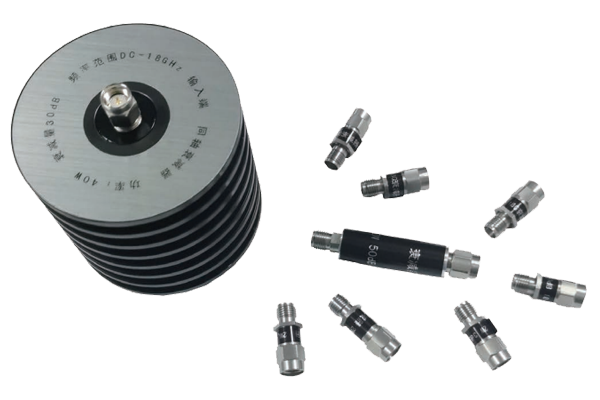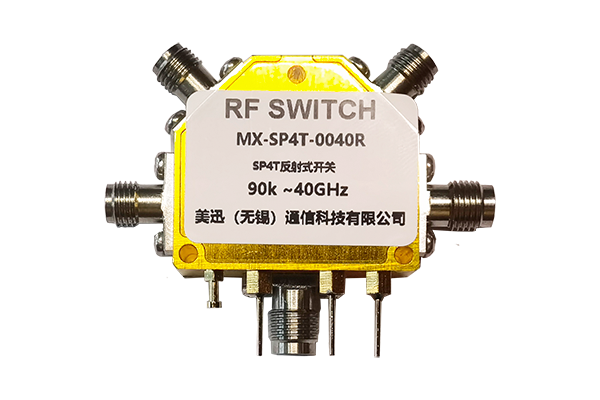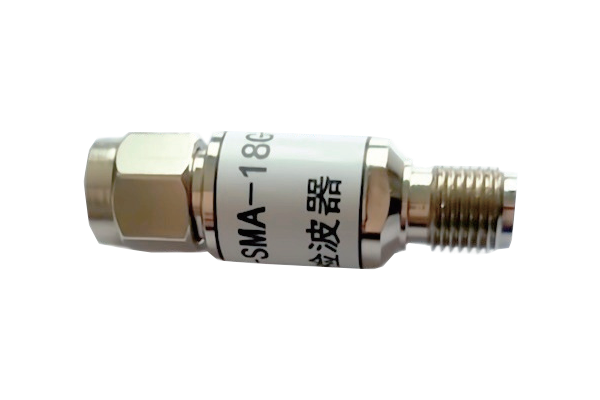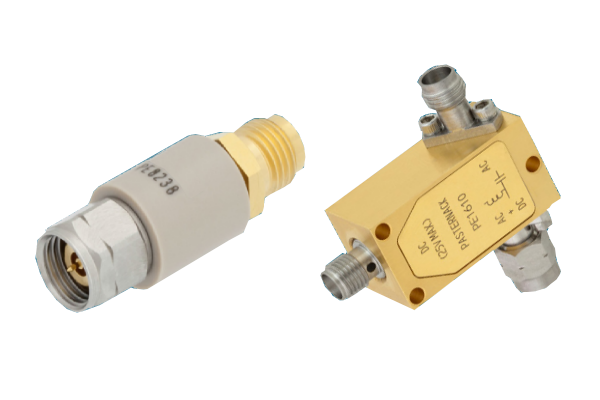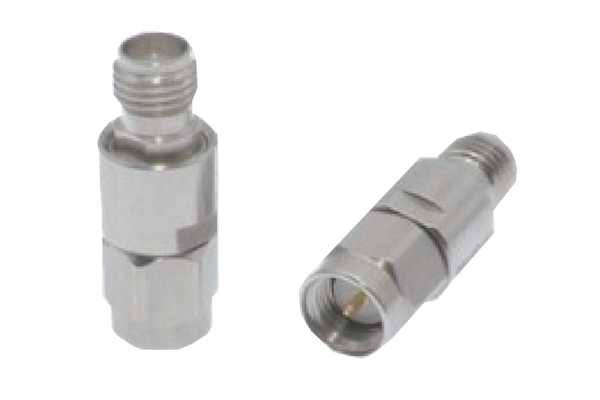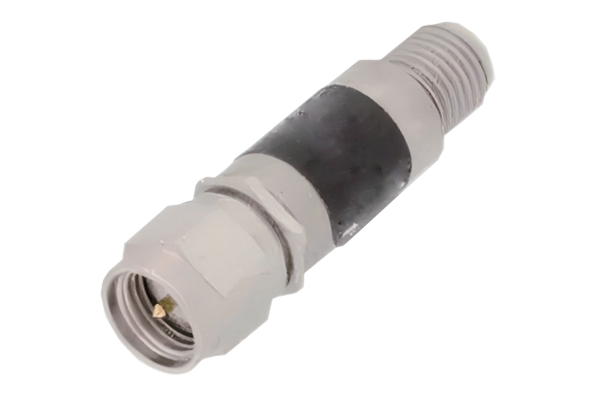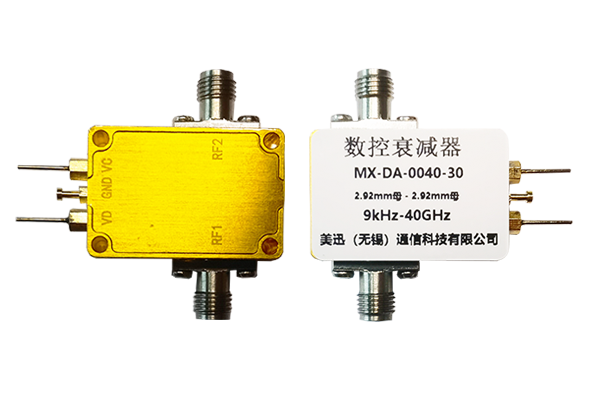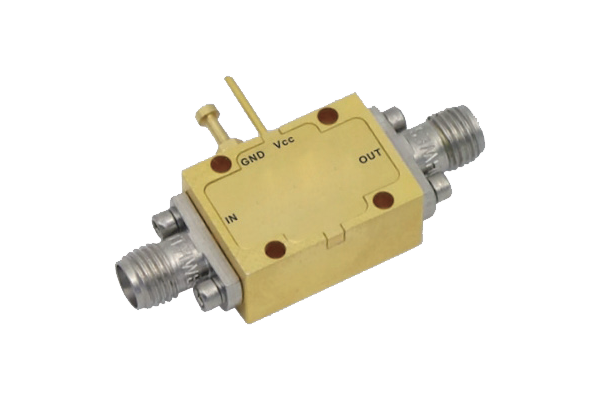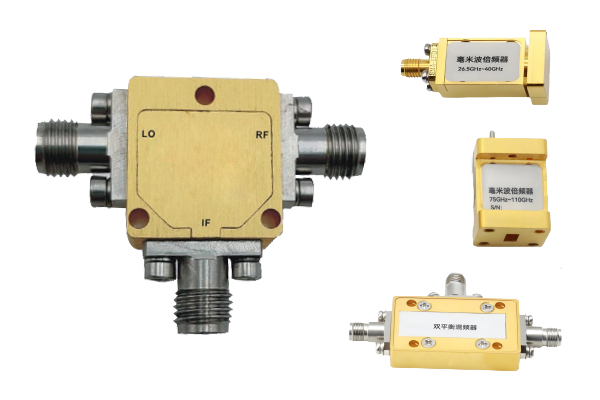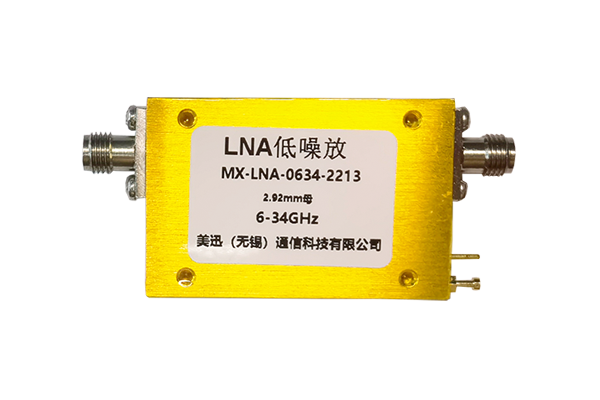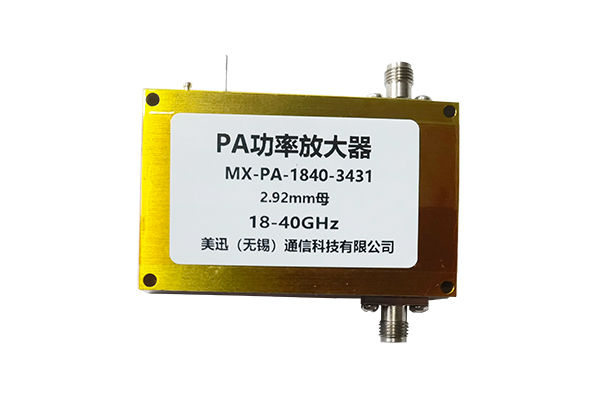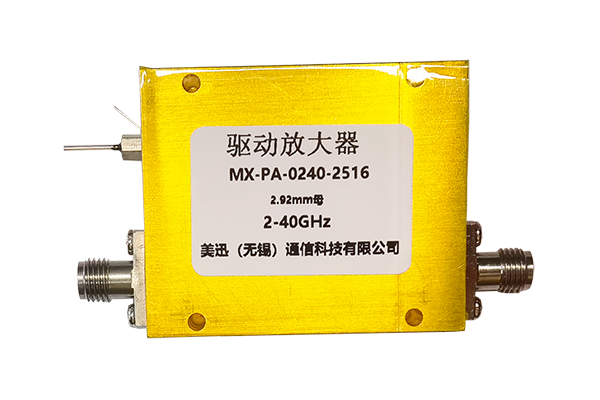How Do Low - noise Amplifiers Achieve Wide Bandwidth
Low - noise amplifiers (LNAs) aim to achieve wide bandwidth while maintaining low noise performance, which is crucial for modern communication systems. Several key approaches contribute to this goal.
One fundamental method lies in the careful selection and design of active components. High - frequency transistors with wide - band characteristics, such as heterojunction bipolar transistors (HBTs) or field - effect transistors (FETs) with high electron mobility, are often employed. These transistors can operate effectively over a broad frequency range, enabling the amplifier to handle signals across multiple bands. Their design, including the structure and doping profiles, is optimized to reduce parasitic capacitances and resistances that could otherwise limit the bandwidth.
Circuit - level techniques also play a vital role. Distributed amplifier architectures are commonly used for wide - bandwidth LNAs. In a distributed amplifier, the input and output signals are propagated along transmission lines, and multiple active devices are connected at intervals. This design spreads the gain over the frequency range, effectively extending the bandwidth. Additionally, feedback networks are strategically implemented. Negative feedback can linearize the amplifier's response and flatten the gain across a wide frequency spectrum, although it must be carefully designed to avoid introducing additional noise or instability.
The design of matching networks is another critical aspect. Input and output matching networks are engineered to match the impedance of the amplifier to the source and load, respectively, across a wide frequency band. Advanced matching techniques, such as multi - section matching networks or impedance - transformation using transmission lines, are utilized. These networks compensate for the frequency - dependent impedance variations of the active components and the transmission lines, ensuring maximum power transfer and minimizing signal reflections, which is essential for wide - bandwidth operation.
Furthermore, careful consideration of the printed circuit board (PCB) layout is necessary. A well - designed layout reduces parasitic effects like stray capacitances and inductances that can narrow the bandwidth. Short and direct signal paths, proper isolation between different circuit sections, and controlled impedance routing all contribute to maintaining wide - bandwidth performance.
In some cases, combination with frequency - extension technologies, such as harmonic tuning or using frequency - doubler/synthesizer circuits in conjunction with the LNA, can also help achieve wider bandwidths. By integrating these methods, low - noise amplifiers can effectively operate over broad frequency ranges, meeting the demands of modern communication and signal - processing applications



